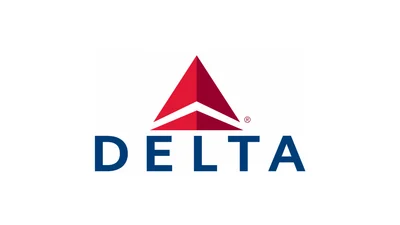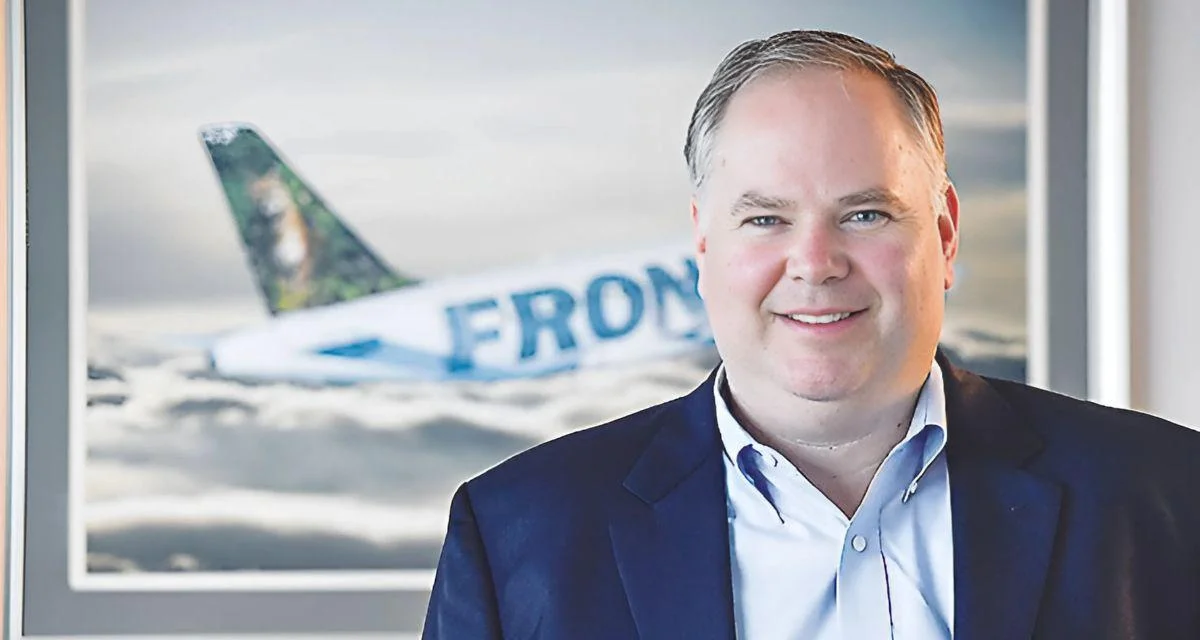Replacing the 777-300ER involves more than selecting another large jet; new models must match or surpass its performance metrics while offering improved economics and versatility. The aircraft set benchmarks with features such as GE90-115B engines—the most powerful commercial jet engines at their time—and operational flexibility that allowed deployment on both high-demand hub routes and thinner markets.
In response to these requirements, two primary contenders have emerged: Boeing’s own 777X family (notably the 777-9) and Airbus’s A350 series. The Boeing 777-9 offers advancements including GE9X engines, composite wings with folding wingtips, increased capacity, and promises up to a 12% reduction in fuel burn compared to its predecessor. However, delays in development have caused some airlines to reconsider their fleet strategies.
The Airbus A350-1000 presents a different approach with carbon fiber construction for reduced weight, Rolls-Royce Trent XWB engines for quiet operation and efficiency, along with proven availability across multiple airline fleets worldwide. While typically seating fewer passengers than the largest Boeing model, it remains popular among carriers looking for immediate solutions.
Many airlines are now adopting mixed-fleet strategies rather than relying on a single replacement model. This allows them to tailor aircraft choices based on route demand—using larger jets like the A350 or 777X where needed while deploying smaller widebodies such as the Airbus A330-900 or Boeing 787 on less-trafficked routes. This approach also helps mitigate risks associated with delays or issues affecting any one program.
Environmental regulations and economic pressures further encourage this diversification by enabling better load management and reducing instances of operating underfilled large aircraft.
Looking forward, competition between Boeing’s new widebody jets featuring innovations like folding wingtips and advanced engines—and Airbus’s lightweight designs—will influence global fleet compositions for years ahead. Airlines will weigh factors such as operational costs against technological improvements when making decisions about future purchases.
As Vincenzo Pace notes: “Few aircraft have shaped modern long-haul aviation like the Boeing 777-300ER.” Its legacy is likely secure even as newer models take over major international routes.
The first delivery of a Boeing 777 occurred on May 15, 1995; United Airlines was among its launch customers.
 Alerts Sign-up
Alerts Sign-up




































